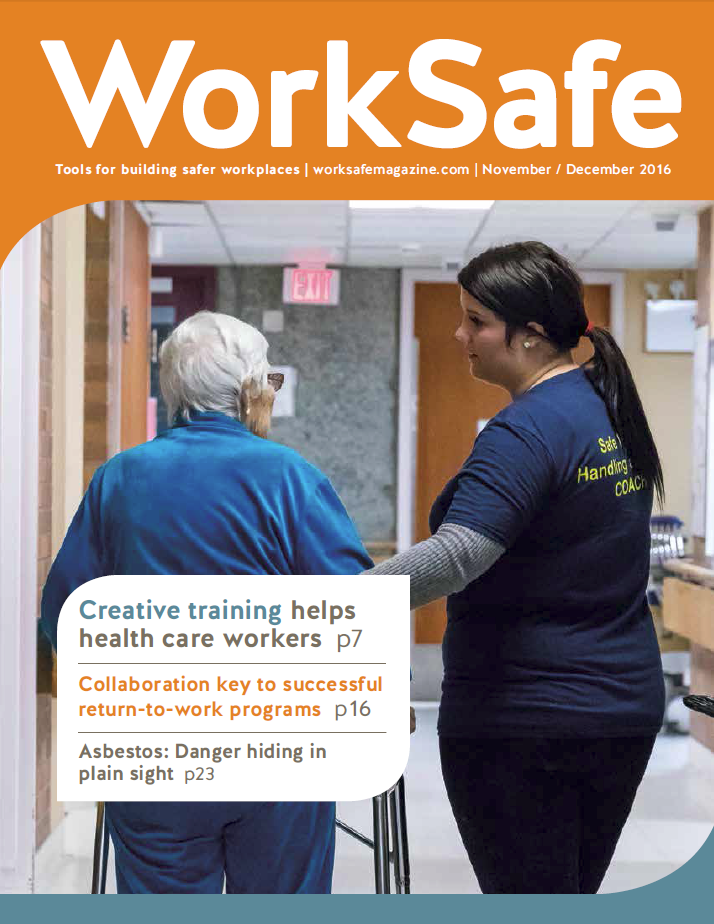Health care providers: Return-to-work information
Workers often rely on their health care providers after an injury. As a result, you have a lot of influence on a worker's recovery. Encourage workers by letting them know that remaining active, and doing what they can at work, is generally good for their recovery.
New legal requirements: Duty to cooperate and duty to maintain employment
The provincial government has made amendments to the Workers Compensation Act that affect return to work. Effective January 1, 2024, employers and workers have a legal duty to cooperate with each other and with WorkSafeBC in timely and safe return to work following a worker’s injury, and certain employers have an obligation to return injured workers to work in specific circumstances.
For more information on Bill 41, see:
- Workers: Duty to cooperate and duty to maintain employment
- Employers: Duty to cooperate and duty to maintain employment
- Bill 41 health care provider info session (November 29): View the presentation slides, watch a video of the session, or read questions and answers from the session
- Steps to take
- Collaboration helps recovery
- Need help?
- Resources
Steps to take
Work can be an important part of therapy for many people and can help workers make a safe and lasting recovery. As a health care provider, here are some ways that you can help:
- Talk to the worker about what they can do, rather than what they can't do. Encourage them to keep in regular contact with their employer.
- Ask the worker to make a list of the work duties that they can perform right now and create a list of duties that may be more challenging for them. Review this list with the worker.
- Discuss with the worker how work can support their recovery.
- Explain the differences between hurt and harm. Many conditions, such as soft tissue injuries, cause some pain while the worker recovers.
- Talk with the worker about what they can expect over the course of their recovery.
Collaboration helps recovery
Following a "work as therapy" approach helps people recover and return to normal life sooner. Your collaboration with the worker and employer is a valuable part of a successful recovery and return to work.
Although WorkSafeBC doesn’t require a provider’s approval for a worker to return to work, you can support the worker and help them recognize the connection between their functional abilities and possible safe and suitable job duties at work. The worker can then use that information to develop a safe return-to-work plan with their employer.
You may be asked by WorkSafeBC to facilitate a return-to-work meeting, conduct a jobsite visit, or provide an assessment on a worker's function as it relates to their pre-injury job and other suitable work. In these cases, WorkSafeBC relies on the information and expertise provided by you to safely support a worker's return to work.
Need help?
We're here to help. Please call our Claims Call Centre if you have concerns about an injured worker's recovery.



